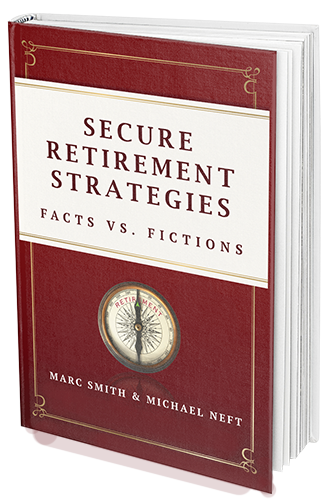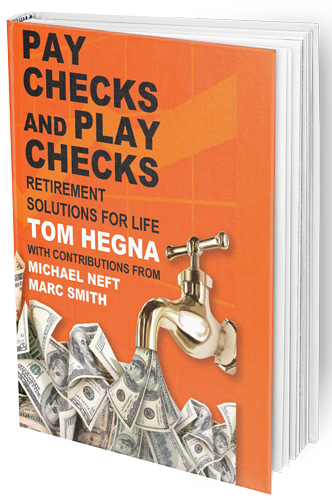Understanding Crediting Methods Related to Life Insurance Retirement Plans
It’s critical to understand how the crediting methods used by certain life insurance retirement plans, or LIRPs, affect the return of your investment in them.
Marc Smith, partner at Secure Retirement Strategies, helps explains these methods, and gives you a greater understanding of how this can play an essential role your retirement planning strategy.
Transcript:
Hey, this is Mark Smith again from Secure Retirement Strategies. Today, we’re going to talk about the LIRP, but what we’re going to talk about: two things; the crediting method inside a LIRP. The S&P 500 is one of the crediting methods, probably one of the most popular. You’re getting anywhere between 10 and a half percent and 12% of the S&P 500. You’re getting zero on the downside.
They also have other indexes in there such as the Dow, the NASDAQ, and also overseas indexes. But I ask you this, if you could get 11% of the S&P 500 and zero on the downside? Pretty good deal. And the fee inside that is already baked into it, probably about one and a quarter percent in total fees that comes out every year.
Not much more than a mutual fund or a managed account. The difference is that you’re getting a lot of other things with it. The tax-free long-term care. And then let’s not lose sight: tax-free income when you start taking it after five years for the rest of your life, you’ll have tax-free income coming in and in today’s world where we don’t know what’s going on with taxes, but the one thing we do know they’re going to go up, not down.







